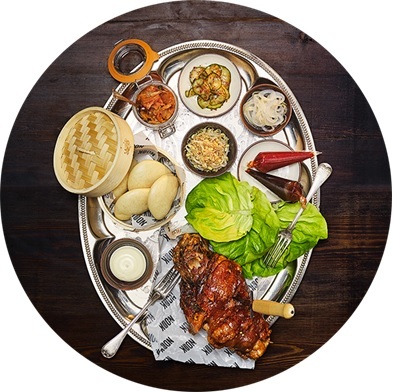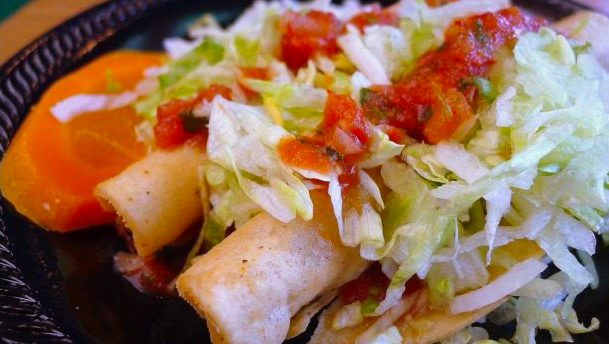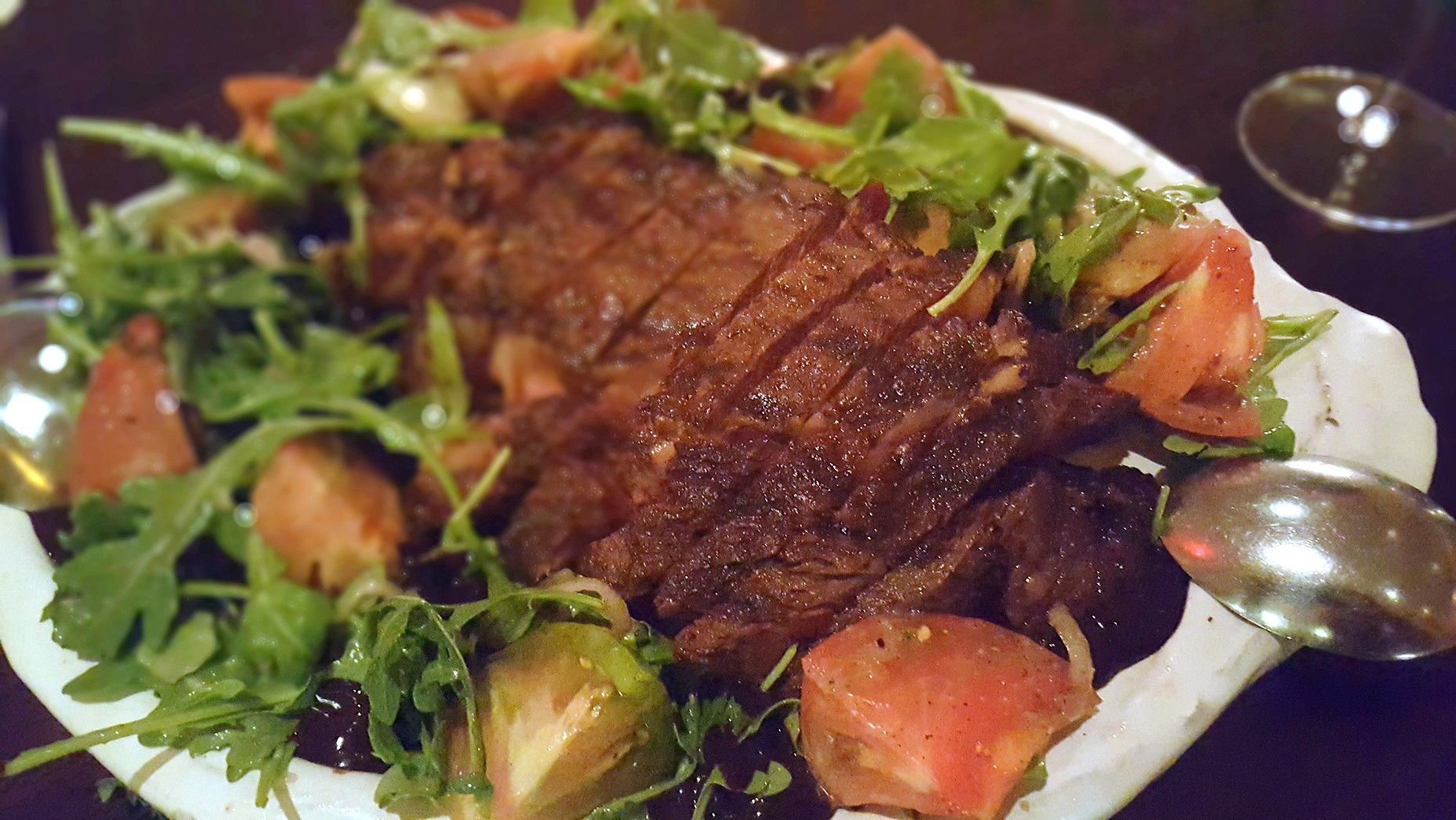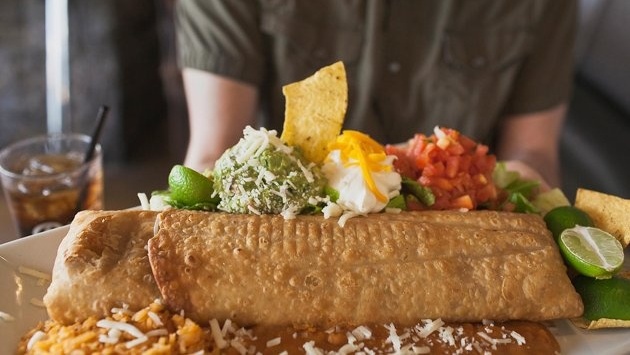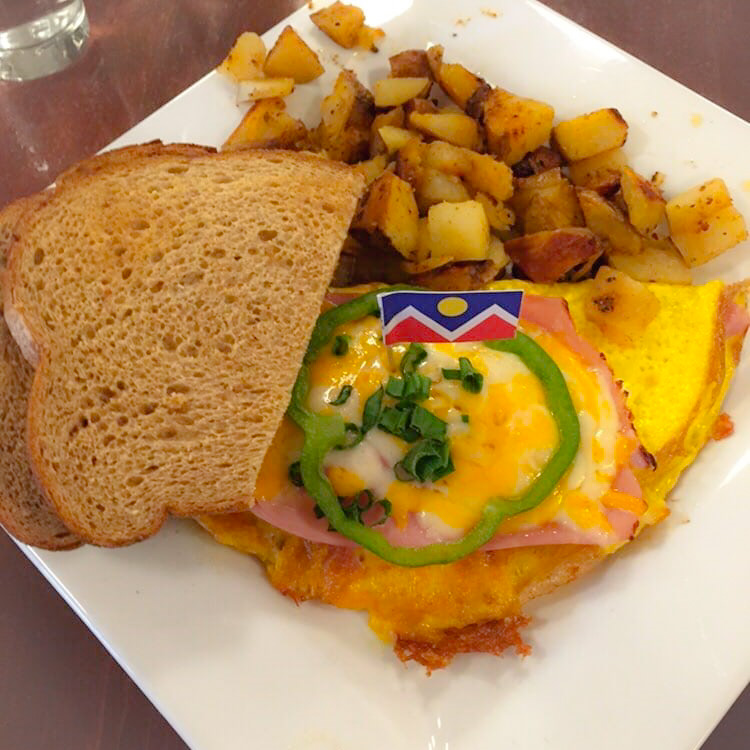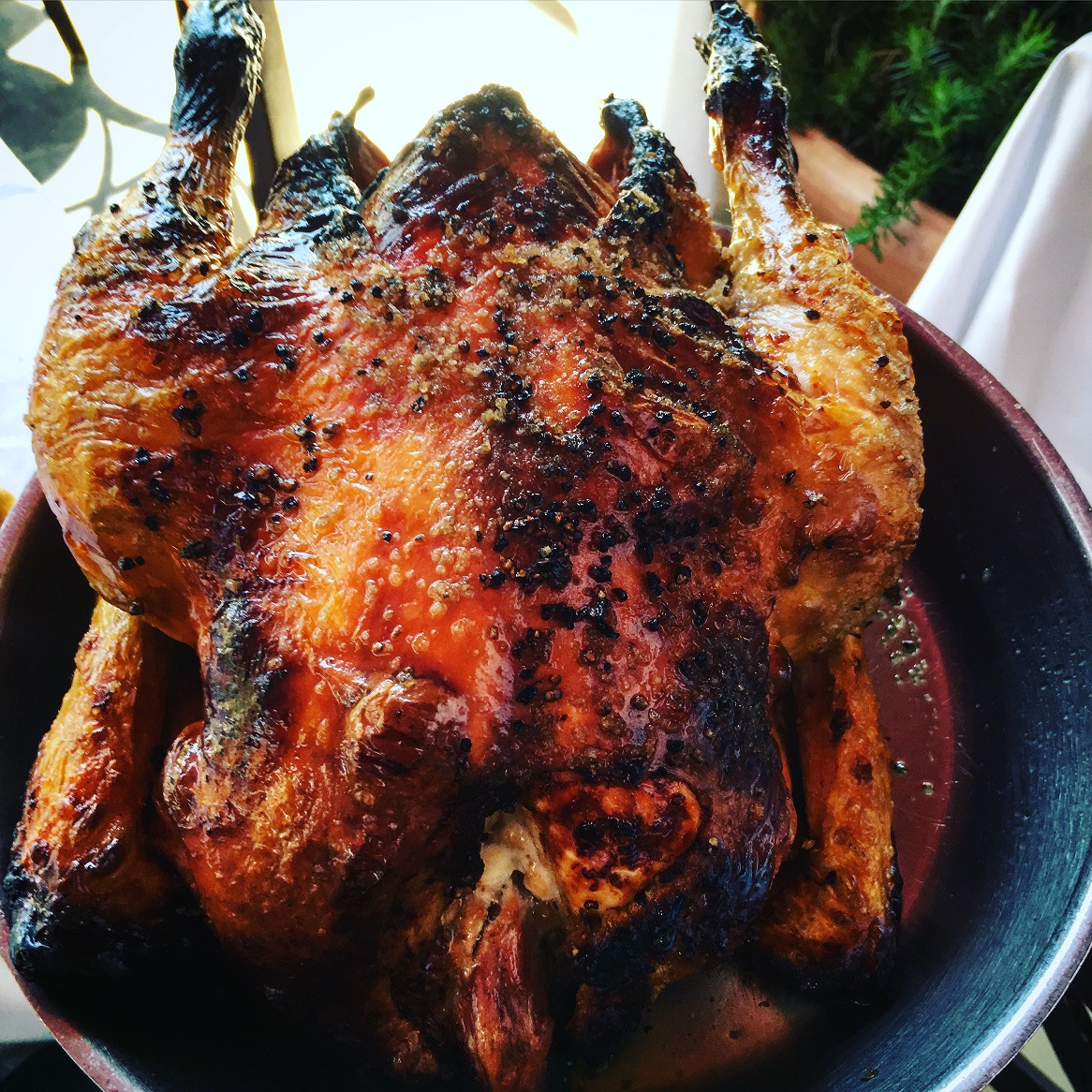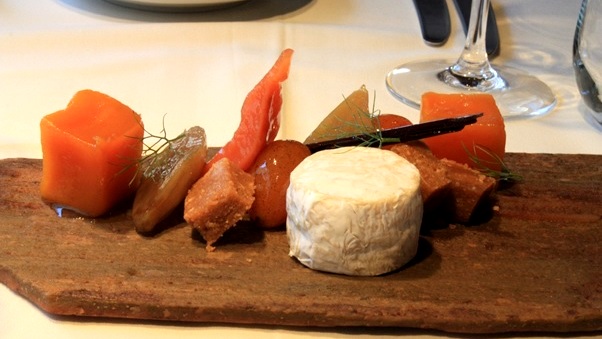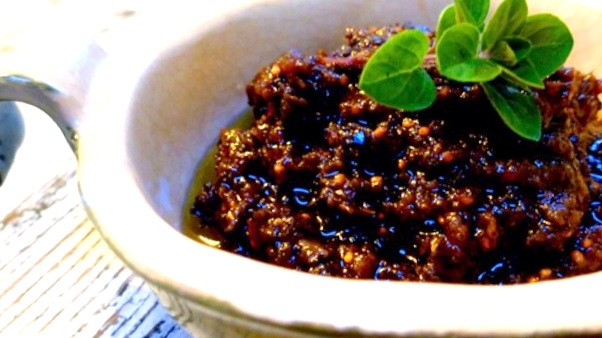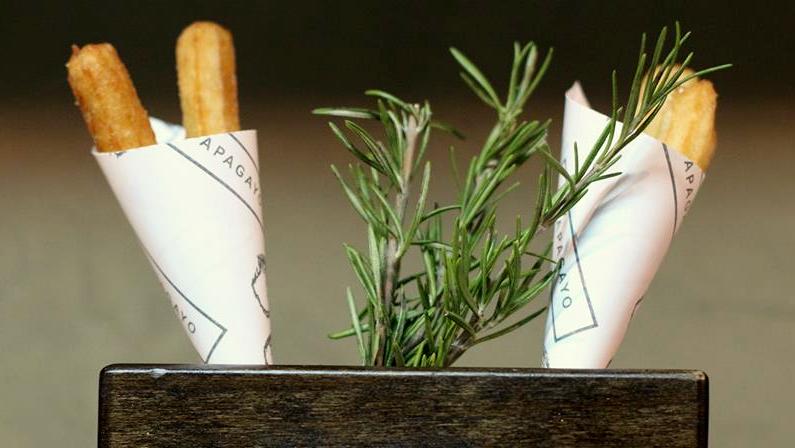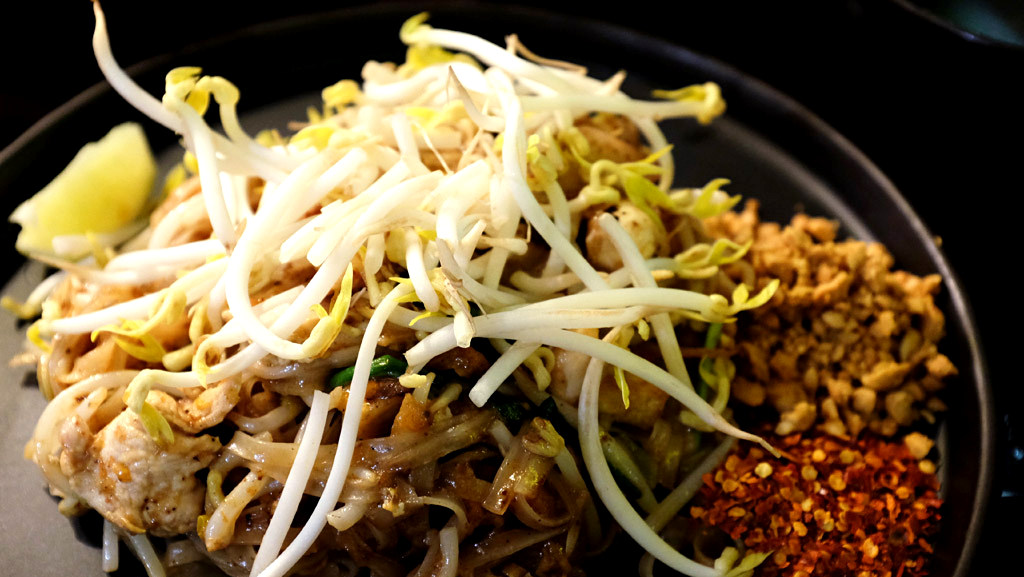A gem in the jungle of restaurants on Södermalm, Nook dishes well-executed, nicely presented and ambitious food in a casual, uncluttered setting. Claes Grännsjö’s ambition was to offer great food for an affordable price. He brought along his old colleague and sommelier from Kock & Vin in Gothenburg, Alexander Bäckman, and together they opened the doors at Nook in February 2014. The food is international, with influences from Asia and the Mediterranean combined with a lot of Scandinavian flavors. Every night, there are two three-course set menus, two of the best value options in the city, for SEK350 or 400. Scallops, rain deer, duck and monkfish frequent the menu. Even if the dining area is full, you can always go to the bar next door and eat from the snack menu. Try the steamed buns. You’ll love them.
See Niki's Blog Post: http://tinyurl.com/gvlead2
While Cielito Lindo is credited with inventing the modern taquito, El Indio in Mission Hills is credited with naming it to earn its place in history. Founded as a tortilla factory in 1940, El Indio’s founder, Ralph Pesqueira Sr., popularized the word “taquito” or “little taco” in the San Diego area. The spot morphed into a restaurant after World War II. The taquito is still the restaurant’s most popular item. Sold individually, tortillas are made fresh every day, then, depending on the order, stuffed and rolled with shredded beef, shredded chicken, potato, salsa, lettuce, cheese and guacamole. Want more? The salsa bar has an outstanding variety of tasty to spicy sauces. The salsa bar has an outstanding variety of tasty to spicy sauces.
Pro tip: The counter-service space is nothing fancy. Eat outdoors on the patio.
This charming neighborhood restaurant, named from the Latin phrase for “American Peace,” serves some of the tastiest modern American cuisine in the city, and arguably in the state. Chef Adam Dorris, skilled at combining the freshest local ingredients with his extensive culinary skills in butchering, pickling, smoking, brining and fermenting, offers a small, rotating menu that is big on flavors. Think quality over quantity with a focus on bringing in the best local meat, fish and produce. Additionally, the plates are small to medium sized, making it easy to enjoy several dishes at one meal. A few menu items that you must try: whipped goat ricotta, pictured, with white beauty eggplant caponata, pine nuts, white anchovy and arugula; nine-spiced smoked brisket and, if available, the 40-day, dry-aged Texas Wagyu ribeye.
Established in 1922 by Tia Monica Flin, El Charro Café in Tucson, Arizona, is the nation’s oldest Mexican Restaurant in continuous operation by the same family. Monica, a burgeoning chef, came to Tucson via France in the 1800’s when her father, Jules, a famous stone-mason, was commissioned to build the city’s St. Augustine Cathedral. Jules, whose work can be seen throughout Tucson’s Historic District, also built the family’s residence in 1896, now home to the Original Downtown El Charro Café location on Court Avenue. At first, the café was a one-woman operation, with Monica acting as hostess, waitress and chef. The café creator is also well-known as “The Inventor of The Chimichanga.” While frying her now-famous El Charro ground beef tacos, Monica accidentally dropped a burro into the frying pan and when the oil splashed up, she started to utter a common Spanish cuss word starting with “Chi.” But, because she was among her young nieces and nephews, she changed it to “Chimichanga,” the equivalent of “thingamajig.” A Tex-Mex classic was born. Today, El Charro is among the most critically acclaimed restaurant brands in the U.S. Featuring Sonoran and innovative Tucson-style Mexican food, in 2010 El Charro was named one of America’s Top 50 Restaurant Icons by Nation’s Restaurant News.
Open since 1982, this popular diner is billed as “The Home of the Denver Omelette.” Named after the Mile High City, the diner’s Denver Omelet is an extra-fluffy omelette whipped with three, local farm-fresh eggs. Filled with ham, green peppers and onions, it is topped with thinly sliced ham, melted Cheddar, scallions and a green pepper ring. Diners can pair it with the restaurant’s roasted specialty potatoes or hash browns and toast or an English muffin. Not enough choices? You also can order a spicy variation or a Western Omelette Sandwich.
Looking for a romantic dinner in Nice? Opened by Nicole Rubi more than two decades ago, this vibrant eatery is the place to see and be seen while in town. While celebrities frequent the dining room, the Niçois cuisine, seafood offerings and truffled dishes are the real stars. The Foie Gras Stuffed Chicken is so good you will fall in love all over again, and the outdoor terrace is so beautiful it will spark marriage proposals right there on the spot. Pro tip: Book days or even weeks ahead, and order a salad Niçoise while you are at it.
In 2015, Córdoba produced almost 1.3 million tons of peanuts. Peanut oil and butter are some of the products for export, but Argentinians eat them in many ways. Sibaris, at the Windsor Hotel & Tower, is one of the finest restaurants in the city and uses peanuts in a delicious dessert offering. Order the mini camembert accompanied by fruit in syrup and homemade peanut and honey nougat.
Argentina is the world’s 10th largest producer of olive oil, ranking first in the Americas. Olives are naturally grown in northern Córdoba, between the Punilla and Traslasierra Valley. Most plantations, many more than 25 years old, produce canned olives in brine and organic olive oils. Regional farmers also make many olive products, like “pasta de aceituna,” an olive tapenade that tastes delicious on burgers, any kind of red meat or just spread on a piece of bread. You can buy this product in a deli store called Goulu and in one of the big markets of the city, Mercado Norte.
Not only do goats make great barbecue, their milk is used to create a delicate and creamy cheese. Driving around Córdoba’s hills, you’ll see a lot of goat cheese hanging outside small stores along the route. Ideal for antipasto and grilling, many artisans make goat cheese for export and sell them as deli products. In town, you also can find many varieties, like Brique Chévre, the French name for brie made by Santa Olalla, a small farm that also specializes as a delicatessen. The cheese is coated with white mold, which becomes ivory colored as it matures and its delicate, salty flavor becomes spicy. El Papagayo, one of the trendy restaurants in Córdoba, offers an updated version of Spanish churros filled with goat cheese.
Sukhumvit Soi 38 is named after the famous street food address “Soi 38” in the heart of Thailand, Bangkok. Unfortunately, for keen travellers who want to visit Soi 38, no luck. They are building a new development in that precinct. Soi 38 is probably the best Thai place (to date) in Adelaide. The Pad Thai is a must-order on every visit. The street-style fried noodles with chicken and egg is served with bean sprouts, peanuts, dried chilli flakes and a wedge of lemon. Mix and demolish. Another favorite is their crispy street-style Bangkok chicken wings served with nam jim (dipping sauce), perfectly balanced between salty, sweet, spicy and sour. It’s finger-lickin’ good. The menu at Soi 38 changes regularly with local and seasonal ingredients. The venue fills quickly, so be sure to make a booking so you don’t miss out. Waiting lists tend to be quick too, so take a chance if you must or spontaneously decide to walk in.
See Dee's Blog Post: http://tinyurl.com/hj88nxx


